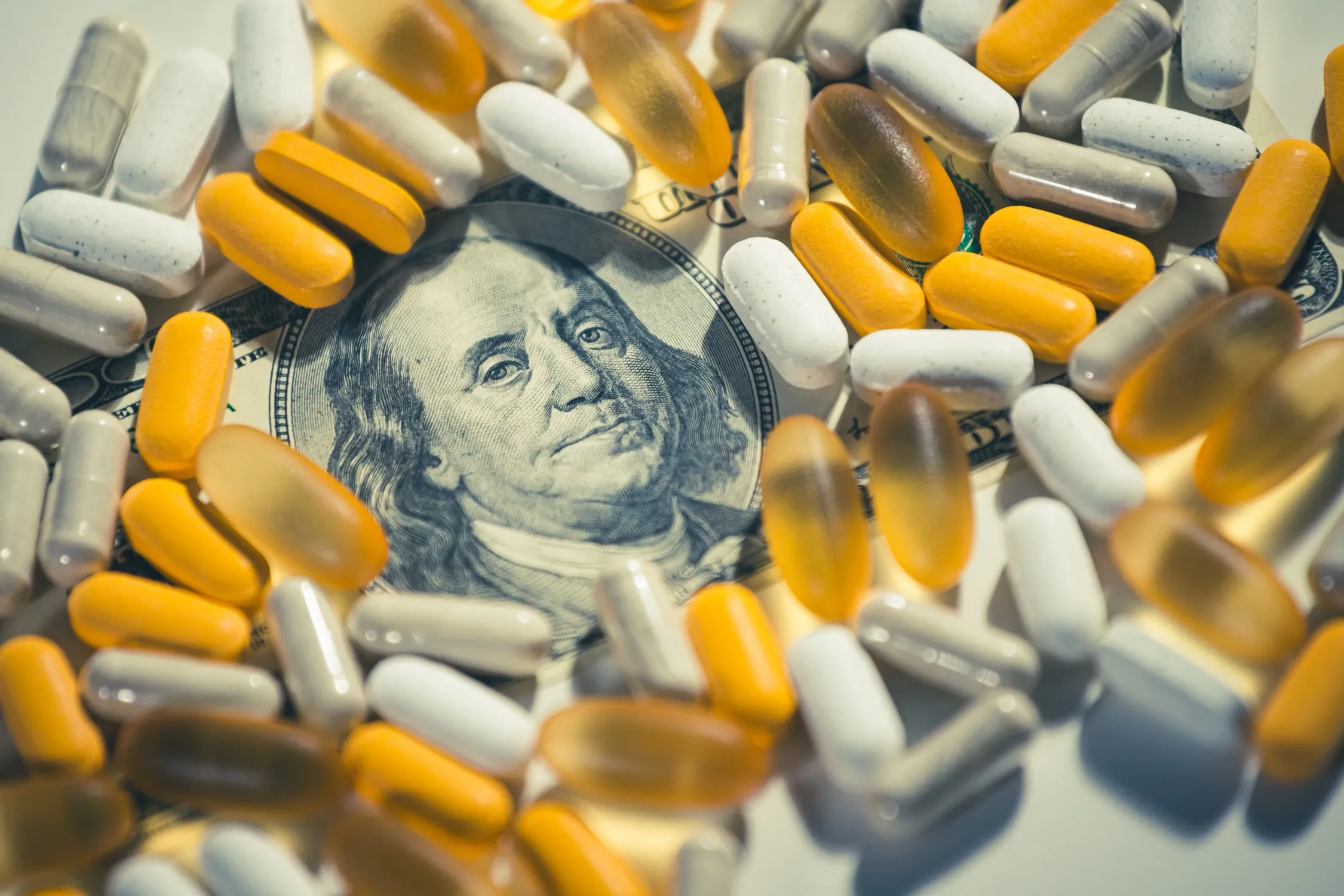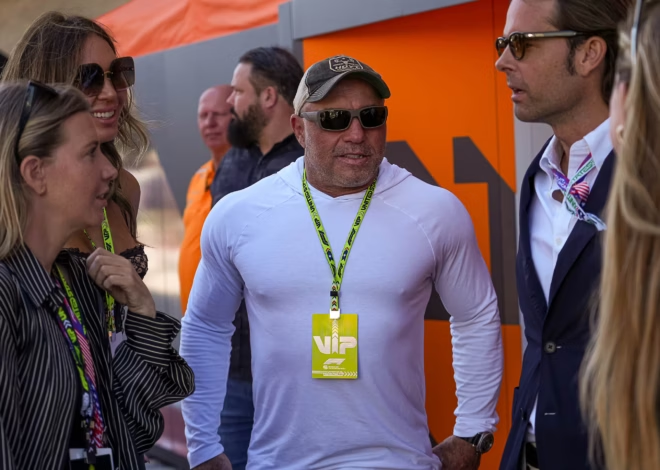
The Diagnostic-Industrial Complex
The Diagnostic-Industrial Complex
Inside the Booming Business of Diagnosis, Disorder, and Self-definition
There’s a story we’ve all been told. It goes something like this: a child fidgets too much in class, forgets their homework, blurts things out at the wrong time, and can’t sit still for long enough to get through a worksheet. A parent, concerned—or overwhelmed—takes the child to a professional. After a short assessment, the child is handed a label: ADHD. The problem is now named, boxed, and, conveniently, medicated. The parent breathes a sigh of relief. There’s nothing wrong with them or the child. It’s just their brain chemistry. The teacher nods knowingly. Another case closed.
But what if the story is wrong?
Not fabricated entirely—just misframed, mis-sold, misdiagnosed on a colossal, profitable scale.
ADHD, once a relatively rare and specific diagnosis, has ballooned into a cultural phenomenon. Since the late 1990s, diagnosis rates have soared—rising more than 40% over the past 20 years. More than six million children in the United States have been diagnosed with it. Adult diagnoses have followed suit, with over 15 million adults now classified as having ADHD. That’s more than 6% of the adult population. What was once a narrow clinical concern is now a cultural identity, a cottage industry, and a pharmaceutical bonanza.
In 2023 alone, ADHD medications generated over $25 billion in global revenue. Analysts expect that number to nearly double by 2034. North America accounts for more than $10 billion of that annual figure. Blockbuster drugs like Adderall, Vyvanse, and Ritalin rake in billions for companies like Takeda, Novartis, and Teva Pharmaceuticals. Vyvanse alone brought in $2.5 billion last year. This isn’t healthcare. It’s a business model. A diagnosis is no longer the beginning of a healing journey—it’s a customer onboarding process.
These aren’t obscure biotech startups; these are massive, publicly traded corporations with shareholders to please and marketing departments that know exactly how to push a narrative. A restless child is a recurring customer. A stressed-out parent is a conversion opportunity. The system doesn’t reward nuance—it rewards prescriptions. And it’s working, in the worst possible sense of the word.
Behind every diagnosis is a decision. And too often, that decision isn’t about health—it’s about relief. Relief for the parent who doesn’t know how to discipline. Relief for the teacher trying to manage thirty kids and a standardized testing mandate. Relief for a system that would rather medicate than mentor. And that relief is wrapped in the soft language of “support” and “awareness,” when really it’s something else entirely: surrender. A child misbehaves, and instead of wondering why, we write them a script. Instead of asking hard questions about parenting, schooling, sleep, food, trauma, or environment, we leap to a label.
Even worse, that label becomes a flag. Children are taught not only that they have ADHD, but that ADHD is who they are. It becomes a lens through which every action is interpreted, every failure excused, every success framed as a triumph over adversity. We’re no longer just diagnosing behavior—we’re branding it. And that branding is now celebrated. To say your child has ADHD is to join a community. There are Facebook groups and Instagram accounts and subscription boxes tailored to ADHD families. Somewhere along the way, we moved from treatment to tribalism.
There’s a deeper rot underneath all this. A society that medicates its youth at this scale is not addressing a mental health crisis—it’s producing one. And the cause isn’t neurological; it’s cultural. Our children are not broken. Our expectations are. We’ve built an environment where constant stimulation, relentless testing, poor diets, fragmented families, and a collapsing sense of order are the norm—and when children react accordingly, we call it a disorder. We punish them with pills for responding to the world we made.
We need to say it: ADHD isn’t just a medical condition. It’s a business model. It’s a social script. And worst of all, it’s an excuse—a convenient one, for adults who won’t examine the harder truths. But until we face those truths, we will keep mistaking symptoms for sickness, and behavior for biology. We’ll keep handing out diagnoses like candy and wondering why no one gets better. We’ll keep drugging the canary and ignoring the coal mine.
Dr. Richard Saul, a behavioral neurologist with five decades of clinical experience, didn’t mince words when he said the quiet part out loud: “ADHD does not exist.” In his book by that name, he argues that what we now call ADHD is not a singular disorder at all, but a set of symptoms—real, yes, but rooted in very different causes. Sleep disorders. Auditory processing issues. Anxiety. Vision problems. Bad diets. Poor teaching. Dysfunctional parenting. In his own clinical practice, Saul treated hundreds of patients referred for ADHD. Not once did he make the diagnosis without finding a deeper cause. And when he treated that root condition? The so-called ADHD went away.
His argument isn’t that people aren’t suffering. It’s that the system is lazy—and profitable. It’s easier to hand out a label than to do the hard work of asking what’s actually going wrong. It’s easier to prescribe a pill than to fix a household or reform a school. But what’s easiest isn’t what’s best. Not for the child. Not for the parent. Not for the teacher. And certainly not for the truth.
Meanwhile, the profit machine roars. The global market for ADHD drugs is now worth over $25 billion, and analysts expect it to nearly double by 2034. North America alone pulled in more than $10 billion in ADHD-related pharmaceutical sales last year. That’s not medicine—that’s empire. Pharmaceutical firms have created a perpetual motion machine: diagnose, prescribe, normalize, expand. What began as a pediatric diagnosis has now metastasized into adulthood. Adult ADHD diagnoses have exploded in the last decade. In the United States alone, more than 15 million adults—over 6% of the population—are now diagnosed. This is not epidemiology. This is branding.
And what happens when a label becomes a lifestyle? It gets embraced. It gets woven into identity. The diagnosis that once carried stigma is now worn like a badge—celebrated, defended, flaunted. Social media has only accelerated this. On TikTok, ADHD is a trend. A genre. A way to explain away a messy room, a missed deadline, a lost train of thought. Some of this is genuine—people seeking understanding. But much of it is theater. Neurodivergence as self-marketing. Mental illness as Instagram aesthetic. And all of it is fuel for the same fire: an ever-widening circle of diagnosis, medication, and monetization.
Parents are caught in it too. I’ve heard them on the playground and at PTA meetings, comparing notes on medication dosages like they’re swapping recipes. ADHD used to be a problem; now it’s a personality type. A reason why their kid isn’t thriving. A built-in justification for whatever behavior doesn’t fit. And in a culture that treats victimhood as virtue, that diagnosis becomes its own kind of moral currency. A parent with an ADHD child is not failing—they’re fighting. They’re “advocating.” They’re brave.
But that bravery too often masks abdication. We have outsourced discipline to diagnoses. We have surrendered curiosity, movement, defiance—everything wild and vital about childhood—to the pharmaceutical model. We have built a society so fractured, so overstimulated, so emotionally disordered that children react—and instead of changing the society, we pathologize the child.
And the people who profit most? They’re not the parents. They’re not the kids. They’re the drug companies. They are the only ones guaranteed to win, no matter what.
Consider Anders.
He was diagnosed with autism as a child. Or, more precisely, one of its vaguer aliases—Pervasive Developmental Disorder Not Otherwise Specified. There was also Sensory Integration Dysfunction. Nonverbal Learning Disorder. A grab bag of labels, each trying to make sense of a quiet, twitchy boy with messy hair, vitamin routines, a love of bouncing on yoga balls, and obsessions with obscure topics like the 1996 presidential election or the municipal zoning codes of Cincinnati.
He grew up knowing there was something “off,” though he didn’t always know what to call it. For a long time, the word “autism” was radioactive—a source of shame. When he got older and things improved—when he made eye contact, shaved, moved to Brooklyn—he began to believe maybe the vitamins had worked. Maybe it had been a phase. Maybe he wasn’t defective. That thought was relief.
But relief didn’t last. In today’s cultural weather, shame has been inverted. Identity is the currency, and victimhood is gold. Anders began to notice something strange. The thing that had once been his burden was now, for others, a brand. On college campuses and message boards, in creative circles and dating profiles, people didn’t just say they were “on the spectrum”—they announced it. They folded it into their bio. They wore it like a credential.
He dipped a toe into that world, cautiously. When he finally told people about his diagnosis, some nodded: “Oh, that explains everything.” To others, he was lying. Performing. One friend went so far as to say that Anders calling himself autistic was like him saying the N-word. That he was appropriating pain. Claiming a marginality that didn’t belong to him.
And so he was trapped—caught between the shame of a word he didn’t ask for, and the suspicion that trying to use it now made him a fraud. To some, he was still the broken kid with the yoga ball. To others, he was trying too hard to seem special. In today’s social economy, there’s nothing worse than being ordinary.
He told the story himself, and he told it well. Not to argue that autism doesn’t exist—but to point out that we no longer know what it means. Two people, both “on the spectrum,” might have nothing in common. One’s a mathematical savant, the other can’t finish a sentence. One never speaks, the other runs a podcast. Autism doesn’t show up in bloodwork. It doesn’t light up on a brain scan. It’s diagnosed through surveys, subjective impressions, and a clinician’s interpretation of behavior. It’s built not on science, but consensus. A story we tell about someone else—or about ourselves.
Anders saw how flimsy it was, and yet how powerful. He began to understand that diagnosis, once medical, had become mythological. It was a way of explaining who you are, why you suffer, and why it’s not your fault. In the absence of religion or community or coherent family structure, this new myth had appeal. It offered clarity. Solidarity. Even a strange kind of pride. People weren’t ashamed of their diagnosis anymore. They were making art from it. Advocacy. Careers.
But Anders wasn’t sure he wanted that. He knew how easily a label could become a cage. He had lived that. And though he respected the neurodiversity movement, he feared what came next: the belief that one’s diagnosis was not just part of you, but the most important thing about you. That to be understood, to be loved, to be given grace, you had to first present your credentials: autistic, ADHD, bipolar, anxious, dysregulated. And once you had those credentials, any critique became cruelty. Any expectation, oppression.
Anders saw how this game played out. He saw it in men who couldn’t hold jobs, couldn’t make friends, couldn’t date, couldn’t cope—and instead of asking why, instead of looking at the broken society or their own broken habits, they turned inward and blamed the wiring. They didn’t seek help. They sought a label. And once they had it, they joined the tribe.
He told his story with clarity, but also with sadness. He no longer feared the word “autism.” He could say it now without sweating. But he also no longer believed it had much meaning. It was, like so much in modern life, a projection. A ghost word. Something that explained too much and nothing at all.
And that’s where we are. In a world where people long to be seen, to be heard, to be told they matter—and in the absence of deeper meaning, diagnosis has become the new identity. The new flag. But it is a flag waving over a hollow fort. One built on pain, yes—but also on profit. One that comforts the lost while feeding the machine.
What we’re witnessing isn’t medicine anymore. It’s not science. It’s not even advocacy. It’s the birth of a new empire: the Neurodivergence-Industrial Complex.



